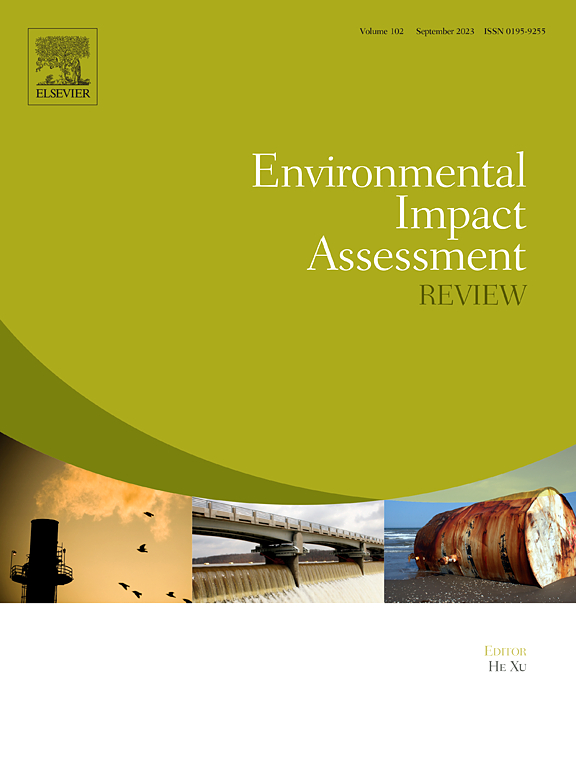预测地裂危害:揭示土地利用和地下水波动的关键作用
IF 9.8
1区 社会学
Q1 ENVIRONMENTAL STUDIES
引用次数: 0
摘要
了解干旱地区地裂缝的发生情况对于指导土地管理实践和保护战略至关重要。在本研究中,我们评估了预测地裂缝危害的六种创新机器学习模型:患者规则归纳法、旋转森林、随机梯度提升、稀疏线性判别分析、带逐步特征选择的二次判别分析以及加权子空间随机森林(WSRF)。通过探讨各种环境因素对地裂缝发生的影响,我们强调了土地利用和地下水波动在地裂缝发展中的重要作用。我们的研究结果表明,植树造林的土地和地下水位的下降与裂缝的发生密切相关。WSRF 模型能最有效地预测各种概率,并提供对危害程度的细致了解。这项研究强调了考虑环境因素和选择适当模型预测地裂缝危害的重要性,最终促进了可持续土地管理实践,降低了与地裂缝相关的潜在风险。本文章由计算机程序翻译,如有差异,请以英文原文为准。
Prediction of earth-fissure hazards: Unraveling the crucial roles of land use and groundwater fluctuations
Understanding the occurrence of earth fissures in arid regions is crucial for informing land management practices and conservation strategies. In this study, we evaluate six innovative machine learning models for predicting earth-fissure hazards: the patient rule induction method, rotation forest, stochastic gradient boosting, sparse linear discriminant analysis, quadratic discriminant analysis with stepwise feature selection, and weighted subspace random forest (WSRF). By exploring the impact of various environmental factors on earth-fissure occurrence, we highlight the significant roles of land use and groundwater fluctuations in the development of earth fissures. Our findings demonstrate that afforested lands and declining groundwater levels are strongly associated with fissure occurrence. The WSRF model is the most effective in predicting diverse probabilities and providing a nuanced understanding of hazard levels. This study emphasizes the importance of considering environmental factors and selecting appropriate models for predicting earth-fissure hazards, ultimately promoting sustainable land management practices and mitigating potential risks associated with earth fissures.
求助全文
通过发布文献求助,成功后即可免费获取论文全文。
去求助
来源期刊

Environmental Impact Assessment Review
ENVIRONMENTAL STUDIES-
CiteScore
12.60
自引率
10.10%
发文量
200
审稿时长
33 days
期刊介绍:
Environmental Impact Assessment Review is an interdisciplinary journal that serves a global audience of practitioners, policymakers, and academics involved in assessing the environmental impact of policies, projects, processes, and products. The journal focuses on innovative theory and practice in environmental impact assessment (EIA). Papers are expected to present innovative ideas, be topical, and coherent. The journal emphasizes concepts, methods, techniques, approaches, and systems related to EIA theory and practice.
 求助内容:
求助内容: 应助结果提醒方式:
应助结果提醒方式:


